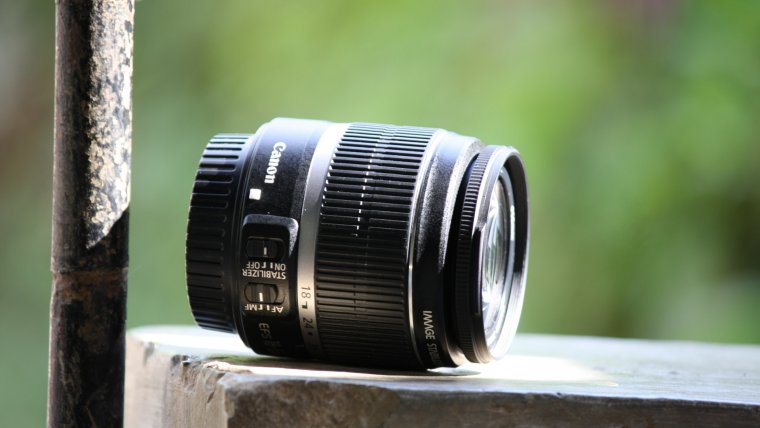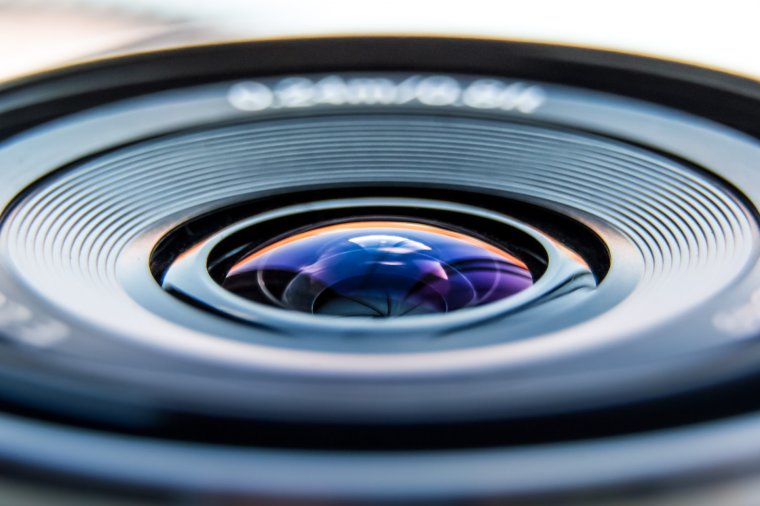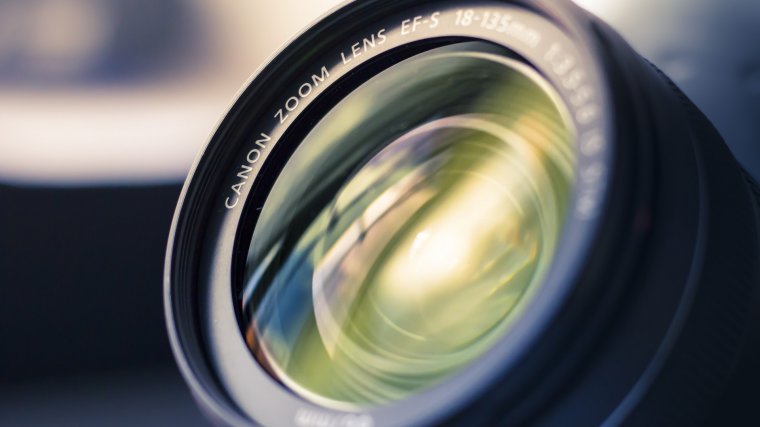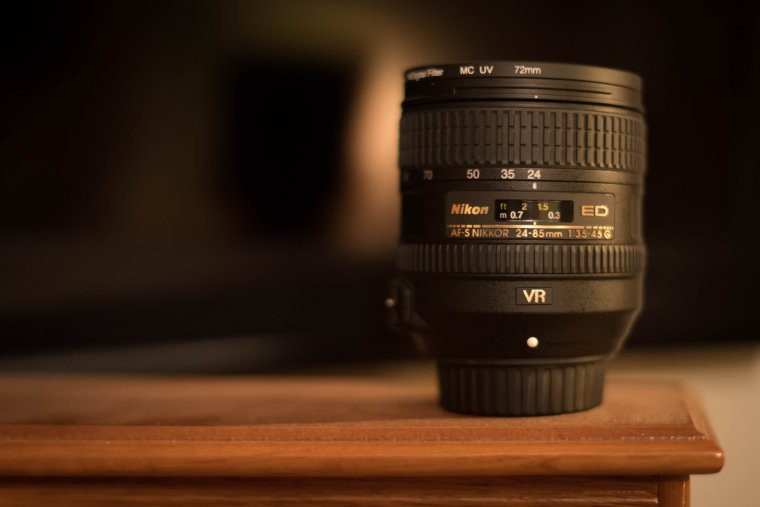
As photographers, we proudly are in one of the most expensive hobby’s when you think about. Well, not one of the most we are at least in the top 10 or top 5 of expensive hobby’s today. Thousands of dollars spent on camera equipment and the most common tool we may always end up purchasing over and over at some point during our photography career is new lenses. It’s like, in essence, giving a photographer new candy or equivalent to a 10-year-old getting a brand new toy they’ve always wanted. The difference is we’re now spending the money on it so we want to protect and ensure our investment was smart and not a foolish one. This article will give you a few tips before taking out your wallet to order that new lens on the market or even pushing your old one to the side. Not all new lenses are perfect because their new and in plastic, each will have their pros and cons and it’s up to you to weigh the odds of if you want to purchase it or not. Most if not all lenses are well over $150 USD on Amazon depending on the brand or model so let’s run through a few things to check off your list before clicking that check out button.
Table of Contents
The first thing to research before purchasing a new or used lens is its optical performance. This is one of the main things that will drive you to buy a new lens as your interesting in improving the quality and sharpness of your images. Of course, we want our lens to operate at its optimum level of sharpness but there a few things we have to consider first. Few of which are focal length, lowest aperture value and do you want your lens to zoom or be fixed. All of these things combined definitely affects the price and by extension the performance of your lens. Sharpness can be a subjective concept and some time may boil down to running a few simple text with your camera and adjusting a different setting to see its consistency. Not all times, of course, will you be able to test the equipment before you buy it so I do advise watching a few youtube video and read a few reviews before deciding. If that isn’t satisfactory enough then look into finding your closest lens depot and rent it out for a spin and see how it performs.
This is a self-explanatory concept but it is essentially anything that alters the spatial appearance of lines in the frame. This comes in two types which are barrel and pincushion. The Barrel distortion is commonly seen when taking shots with wide angle lenses. It will appear as a bulging effect which gave it its name and the straight lines within the image will appear to bend outwardly. Now, this can be an advantage or disadvantage depending on your creative style. Pincushion distortion, however, is basically the opposite of what barrel distortion is and often can occur with the use of telephoto lenses when zoomed to their maximum length. The lines will appear to bend inwards towards the center of the photo. It’s not as obvious as the barrel distortion however but can be seen if you look closely. Consider both these things, if it’s something you don’t mind or if it’s something you’re completely against as some lens carry a lot more distortion than others and some may not seem to have any at all.

I actually didn’t know much about what this is until I went ahead and purchased the Yongnuo 50mm f/1.8 lens. Chromatic Aberration is when discoloration occurs around areas of high contrast in your Image. It seems to be a common thing among lenses no matter what make or model you purchase but becomes apparent depending on how wide your aperture is. Some lenses may not show it as much as other of course but don’t expect it to be completely ruled out when purchasing your new lens. You can test it by opening the aperture on your lens as wide as possible and then capture a few shots where high contrast can be observed in your shot.

Last but least these are two very very important things to consider before investing in a new lens. I’ve made a few mistake and ordered some lenses with either some very loud AF motors or just very slow to autofocus. So be sure to research the lens and watch a few YouTube videos on it as it something that is always discussed in lens reviews. Image Stabilization may be important to you if you’re more into the field of videography rather than capturing still frame shots. If you’re just using the lens for photography then this is not that important but none the less it’s still a plus to have as a feature on your new lens. This can be fixed however by either using a tripod to avoid blur due to unsteady hands or bump up your shutter speed a bit high so the camera doesn’t capture much shake in your shot.

I really hope these tips will help you in making the right choice when buying the new addition to your lens collection. Thank you for reading and all the best!
Comments (0)
There are no comments yet.